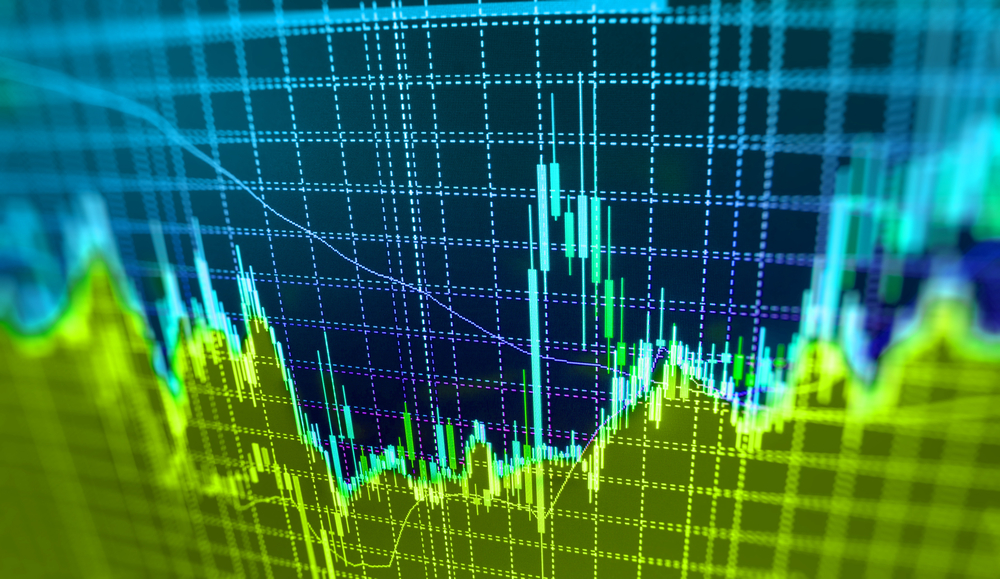Gaps are areas on a price chart where no trading occurs. The last bar’s low is higher than the previous bar’s high for a gap-higher move. The last bar’s high is lower than the previous bar’s low to form a gap-lower move. For example, if a market closes at 100 in one session and then opens at 105 in the next section, a 5-point gap would be evident on a chart.
With electronic trading 24 hours a day, gaps are less likely to appear as the market moves fluidly from one price to the next. However, most markets take a break over the weekend and some markets such as stocks have active trading only during a day session, so gaps may show up because of some overnight news or development that causes a sudden shift in prices.
Gaps can be fairly common in some markets and may offer little new information about price strength or direction. However, depending on where the price gap occurs on a chart, a gap may indicate a strong market move ahead. In some cases, gaps will then serve as important support or resistance levels on the chart.

Source: VantagePoint Intermarket Analysis Software
Gaps cannot be characterized strictly as reversal or continuation signals as different gaps mean different things at different points – and they sometimes have little impact at all. There are three main types of gaps:
BREAKAWAY GAP
Breakaway gaps occur at the beginning of a move as prices reject the previous trend and suddenly reverse course, or they may appear as prices break out of a chart formation such as a trend line, a sideways move or a triangle. The breakaway may be due to new conditions that have become known to traders or because pent-up buying or selling erupts in a strong move.
MEASURING GAP
As the market moves up or down, it may suddenly leave a gap higher or lower as a result of some new development. Some analysts view such gaps as the halfway point to an ultimate price objective. It obviously is impossible to know that for sure until a move is complete so these gaps are a little tricky to use in analysis. However, traders may be able to combine a gap projection with a well-defined support or resistance area such as a previous high or low to arrive at a potential price target.
EXHAUSTION GAP
This gap appears at the end of an extended move and reflects a last burst of buying in an uptrend or selling in a downtrend. Once this exuberant buying or selling has occurred, there are no new buyers or sellers to maintain the trend. The force that has been driving the trend has been exhausted, and this is its last gasp. As a result, the turn in the trend can produce some dramatic moves in the opposite direction as the late buyers or sellers scramble to unload the losing positions they got into near the top or bottom.
COMBINATIONS OF GAPS
Gaps sometimes occur in a combination that produces the so-called island tops or island bottoms on a price chart. One day or several days of price action may be isolated by an exhaustion gap. Then the market makes a sudden turnabout and leaves a breakaway gap in the opposite direction. The price action is isolated from the trends before or after and suggests the market has reached at least a temporary extreme in direction.

Source: VantagePoint Intermarket Analysis Software

Source: VantagePoint Intermarket Analysis Software




